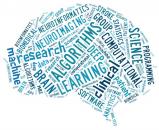The research of the Clinical Computational Neuroimaging group focuses on the development of quantitative neuroimaging biomarkers to improve the diagnoses, prognosis, management and ultimately outcomes of people with brain injury. We utilize state-of-the-art imaging acquisition and image processing techniques as well as advanced data analytics approaches including machine learning to achieve this goal. Below are brief examples of some of our research topics. More details can be found on our Publications page. Please feel free to contact us if you want more information about our research.
Stroke
- Patient triage
- MR WITNESS: A phase 2a open-label, prospective, multi-center, safety study of intravenous thrombolysis in acute ischemic stroke patients with unwitnessed stroke onset.

- MR WITNESS successfully completed enrollment of subjects and results were presented at Late Breaking Oral and Plenary sessions at the 2016 International Stroke Conference
- MR WITNESS primary results published in Annals of Neurology
- I-WITNESS: Coming Soon!
- MR WITNESS: A phase 2a open-label, prospective, multi-center, safety study of intravenous thrombolysis in acute ischemic stroke patients with unwitnessed stroke onset.
- Precision medicine: predicting tissue outcome on an individual patient basis using machine learning algorithms to combine multiparametric MRI
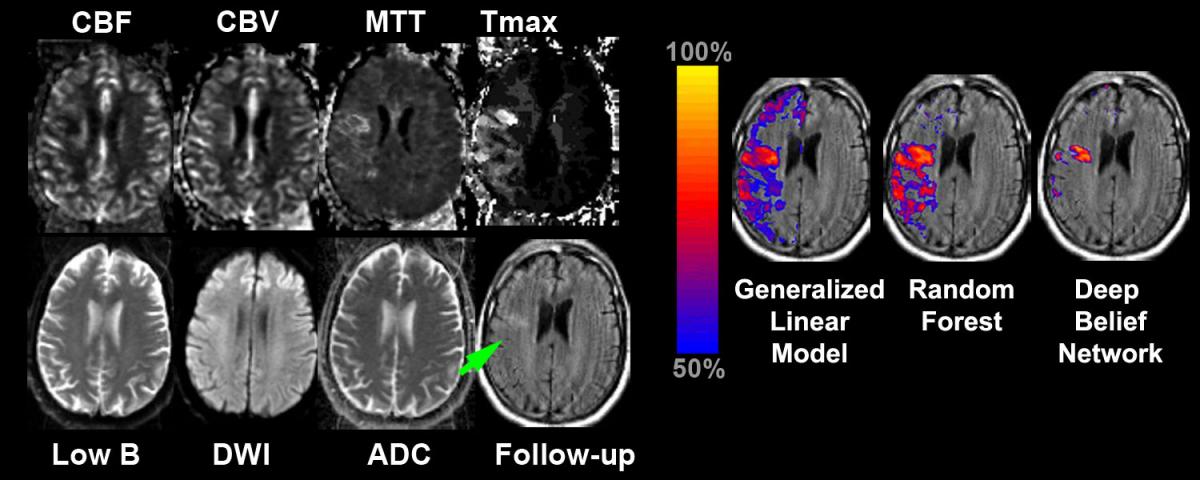
- Evaluating therapeutic efficacy using machine learning algorithms
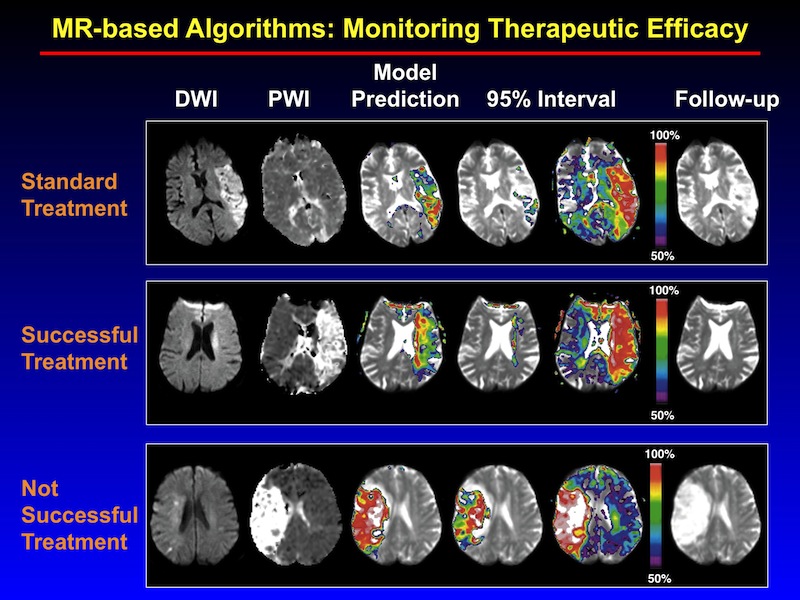
- Novel MRI markers of tissue viability
- MR-based oxygen extraction measures in the brain
- Diffusion tensor and kurtosis imaging

- Advanced perfusion imaging techniques (dynamic susceptibility contrast imaging and arterial spin labeling)

-
Evaluation of blood brain barrier alterations in chronic and acute conditions
Neurologic Recovery after Cardiac Arrest
The goal of this research is to predict likelihood of good long-term neurological recovery in people who are initially in coma after experiencing a cardiac arrest. We combine advanced MRI techniques (diffusion tensor imaging, resting state fMRI, task-based fMRI) with EEG and clinical neurological examinations (such as the Glasgow Coma Scale and Coma Recovery Scale-Revised) to assess the extent of brain injury and likelihood of regaining consciousness. We apply graph theoretical analysis methods to assess the integrity of structural and functional brain networks.
- Examples of alterations in brain diffusivity and structural connectivity in cardiac arrest patients who are comatose.

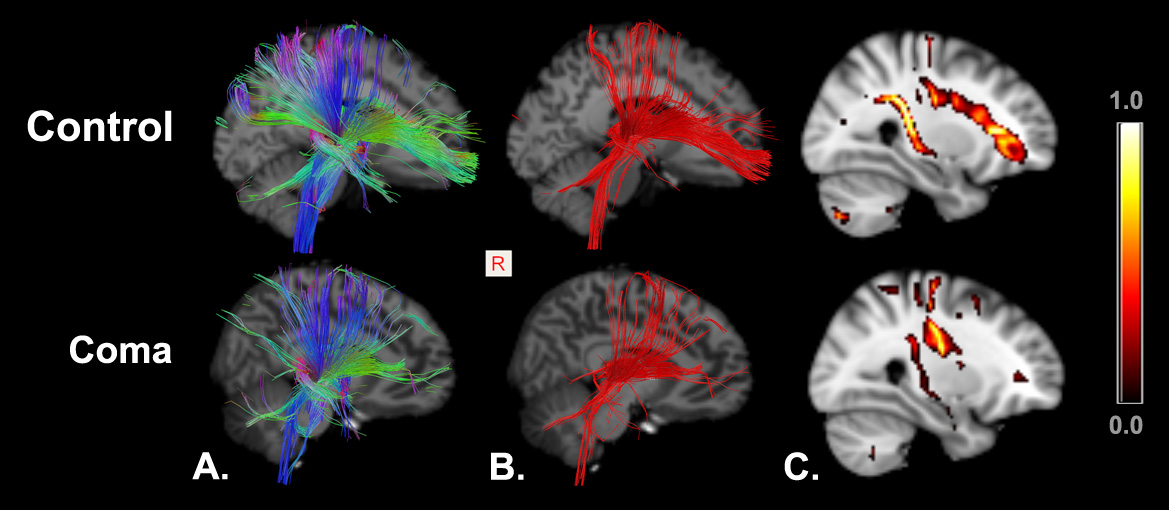
-
Multimodal network connectivity architecture of the brain and its role in the recovery of consciousness in comatose cardiac arrest patients (MOCA) study
Traumatic Brain Injury
- Mild TBI: Improve diagnosis and prognosis using MRI biomarkers

- Severe TBI: Prediction of long-term neurologic outcome using multimodal technique
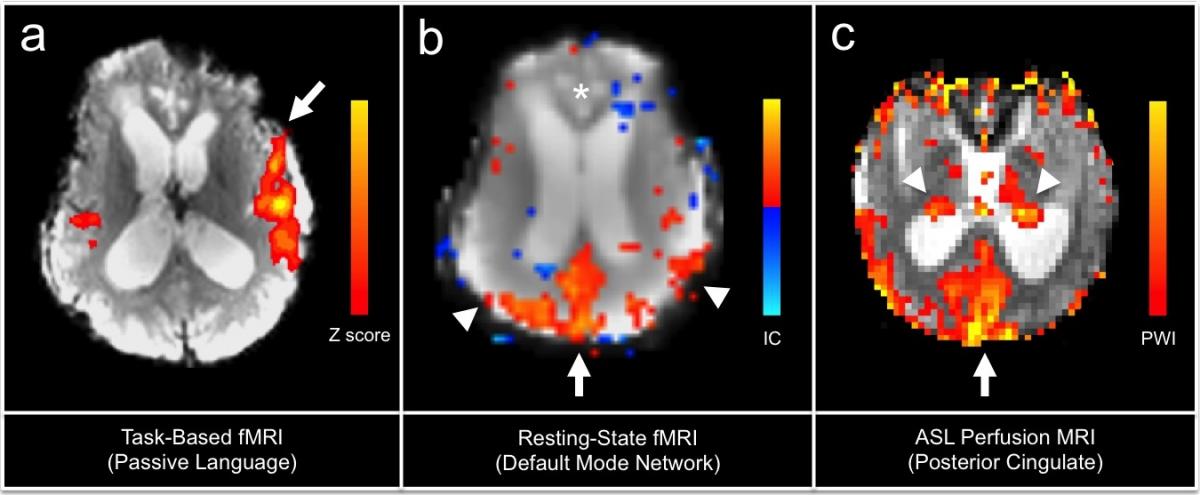
Quantitative Imaging Biomarkers
The goal of this research is to improve reproducibility and repeatability of MRI-based quantitative biomarkers.
-
Dynamic Susceptibility Contrast (DSC) Profile for RSNA QIBA
-
Delta Susceptibility Contrast Physical Phantom (email us if interested)
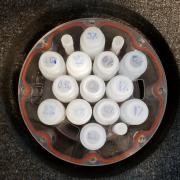
Funding
Supported in part by the American Heart Association Precision Medicine Initiative; the MGH Institute for Heart, Vascular and Stroke Care SPARK grant; MGH Executive Committee on Research; Football Players Health Study at Harvard University; PHS NIH grants R01NS059775, R01NS063925, R01NS051412, R01NS102574, P50NS05134, P41EB015896, U01NS069208, HHSN268201500021C (H-1). We gratefully acknowledge the support of NVIDIA Corporation for the donation of the Tesla K40 and Titan XP used for some of our research.


